Your first solo flight is one of aviation’s most iconic milestones—the moment when you prove to yourself, your instructor, and the world that you can safely command an aircraft alone. It’s exhilarating, nerve-wracking, and absolutely unforgettable. Whether you’re weeks away or just starting to think about this achievement, understanding what lies ahead can transform anxiety into confident preparation.
Understanding the Requirements
Before your instructor endorses you for solo flight, you’ll need to meet specific regulatory requirements and demonstrate consistent proficiency.
Regulatory Prerequisites
In most countries, student pilots must meet these minimum requirements:
- Age: Typically 16 years old (regulations vary by country)
- Medical Certificate: Valid medical clearance appropriate for student pilots
- FRTOL(R): Proper documentation and authorization
- Instructor Endorsement: Your CFI must certify you’re ready for solo flight
- Pre-Solo Knowledge Test: Demonstrated understanding of regulations, airspace, and procedures
Skills Your Instructor Will Evaluate
Your instructor won’t send you solo until you consistently demonstrate:
- Smooth, coordinated takeoffs and landings in various conditions
- Proper traffic pattern procedures and spacing
- Confident radio communications with ATC
- Sound decision-making and situational awareness
- Ability to recognize and recover from unusual situations
- Emergency procedure knowledge (engine failures, go-arounds, etc.)
- Pre-flight inspection thoroughness
Most students solo between 10-20 flight hours, but remember: everyone progresses at their own pace. The right time is when you’re truly ready, not when you hit a certain hour count.
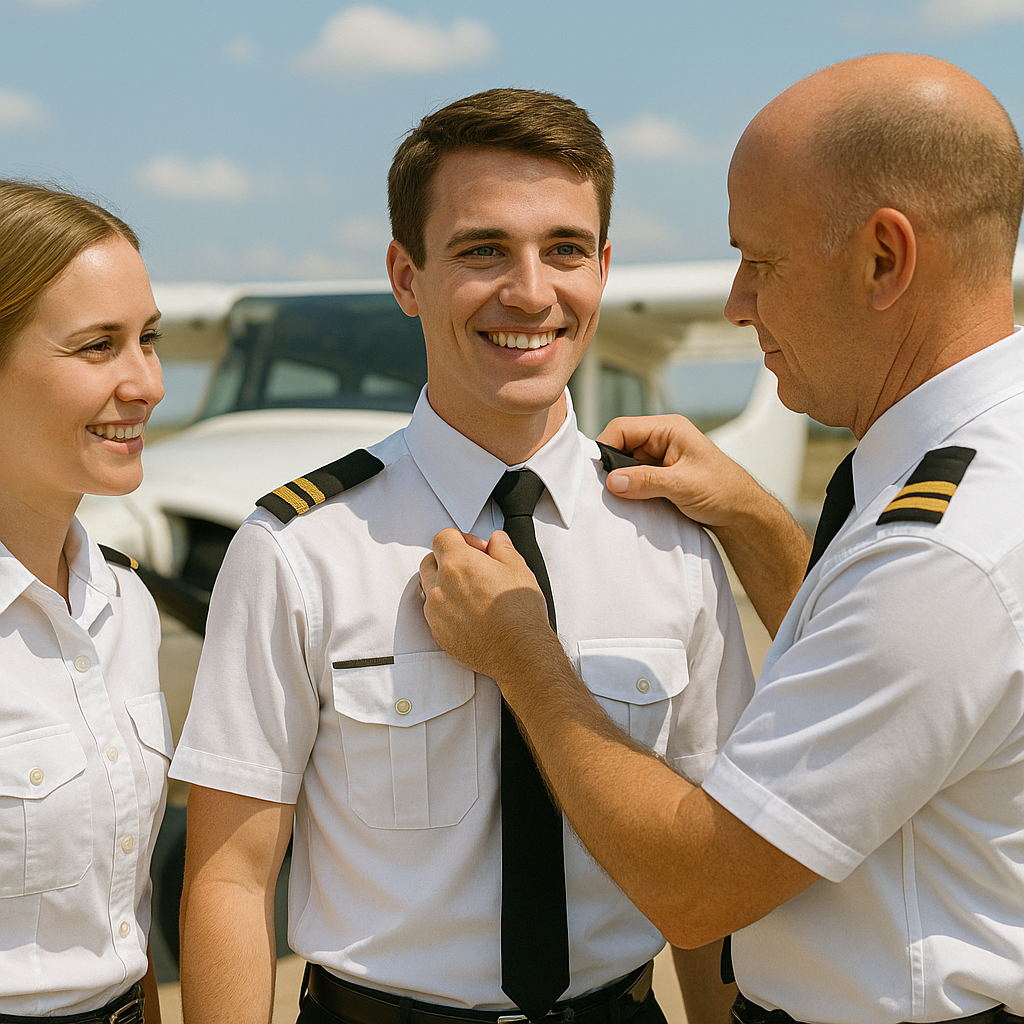
The Day Before: Final Preparations
Mental Preparation
The night before your potential solo, focus on rest and mental rehearsal:
- Get quality sleep: Fatigue compromises decision-making
- Review procedures: Walk through normal and emergency checklists
- Visualize success: Chair fly your pattern work from cockpit perspective
- Avoid overthinking: Trust your training and preparation
Solo Day: What Actually Happens
The Pre-Solo Flight
Your instructor won’t surprise you by hopping out mid-lesson. The typical sequence is:
- Dual practice: You’ll fly several patterns together
- Performance evaluation: Your instructor assesses your consistency
- The briefing: Clear instructions about what to do solo
- The endorsement: Final logbook sign-off and encouragement
- The sendoff: Your instructor exits the aircraft
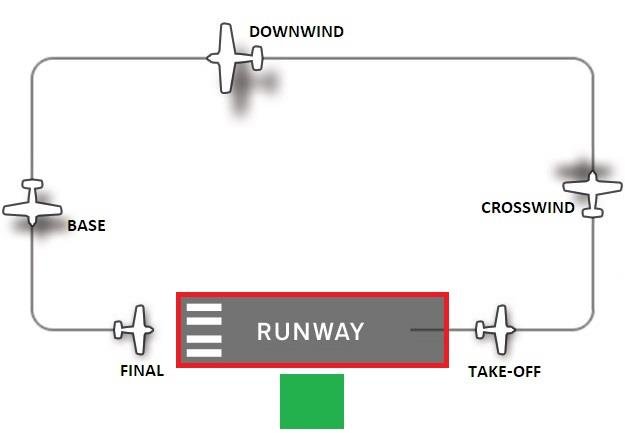
Those First Solo Patterns
Most first solos involve 3 takeoffs and landings in the traffic pattern. Here’s what you’ll likely experience:
Takeoff Roll: The aircraft accelerates faster without your instructor’s weight. Expect to rotate slightly earlier and climb more briskly. Your instructor has prepared you for this—trust your airspeed indicator, not just feel.
Pattern Work: The cockpit feels quieter and perhaps lonely at first. You might catch yourself starting to ask your instructor a question before remembering you’re alone. This is completely normal.
Landing: The aircraft will float differently on approach. Maintain your sight picture and speed discipline. Many students report their solo landings are surprisingly smooth—free from trying to anticipate instructor corrections.
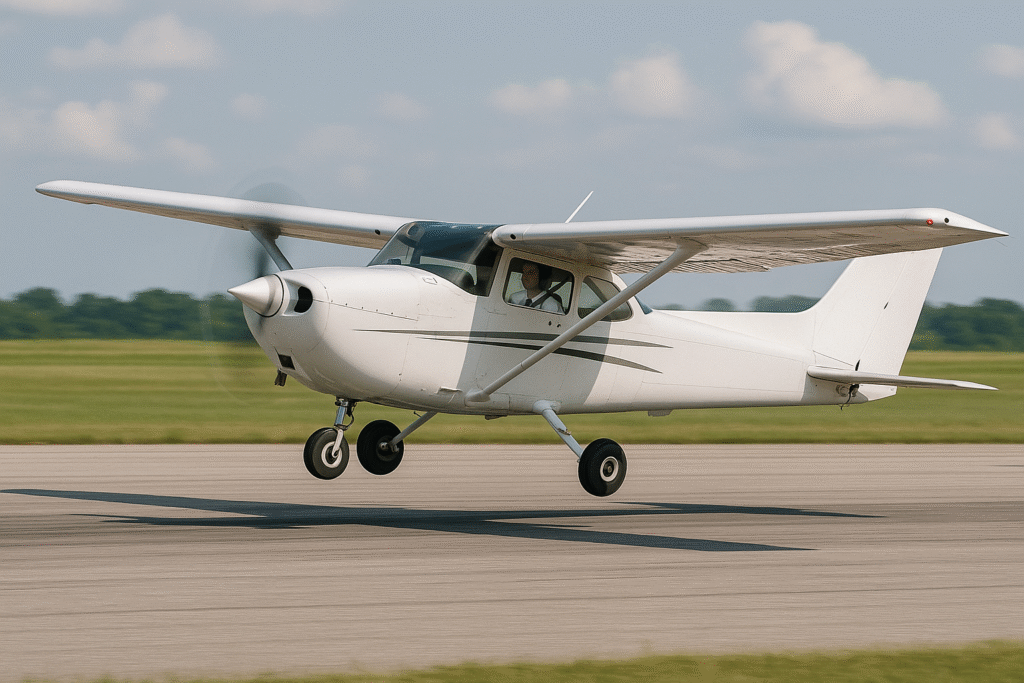
Managing the Nerves
Every pilot experiences solo nerves. Here’s how to channel them productively:
Normal Anxiety vs. Concerning Fear: Butterflies and heightened alertness are normal and even beneficial. However, if you feel genuinely overwhelmed or unsafe, there’s no shame in telling your instructor you’d like more dual time. Good pilots know their limits.
In-Flight Strategies:
- Talk to yourself: Verbalize your procedures and observations aloud
- Maintain your flow: Stick to the same scan patterns and checklists you’ve practiced
- Breathe deliberately: Deep breaths during straight-and-level segments
- Stay ahead of the aircraft: Use the same preparation techniques from dual training
- Remember: Your instructor wouldn’t have endorsed you if they had any doubts
If Something Feels Wrong: Trust your instincts. If you’re uncomfortable or uncertain about anything, execute a go-around and communicate with the tower or your instructor on the ground. There’s always another day.
Common First-Solo Surprises
Students often report these unexpected experiences:
The Aircraft Performs Differently: Without your instructor’s weight (typically 150-200 lbs), the aircraft climbs faster, cruises slightly quicker, and requires less elevator pressure in the flare. Your instructor has likely demonstrated this, but experiencing it solo feels different.
Radio Work Feels Easier: Without worrying about impressing your instructor, many students find their radio communications become more natural and confident.
Time Distortion: Some students say their solo felt like it lasted 30 seconds; others feel every moment stretched out. Both experiences are normal.
Unexpected Confidence: After the first landing, many pilots feel a surge of “I can actually do this!” that carries through the remaining patterns.
Post-Landing Emotions: Don’t be surprised if you feel emotional after parking. Joy, relief, pride, and even tears are common reactions to this achievement.
The Celebration Tradition
The Shirttail Ceremony
Aviation’s quirky tradition involves your instructor cutting off your shirttail and writing details of your first solo on it (date, aircraft, airport). This dates back to early aviation when instructors sat behind students and would tug their shirttail to get attention. After solo, no more tugging was needed!
Wear an old shirt you don’t mind sacrificing, or bring one specifically for this tradition.
The Water Bucket Tradition
Be prepared for a celebratory soaking! Many flight schools practice the tradition of dousing newly-soloed pilots with water—whether from buckets, hoses, or even water balloons. This playful ritual symbolizes:
- Washing away your “student” status
- Baptism into the pilot community
- A fun, memorable celebration of your achievement
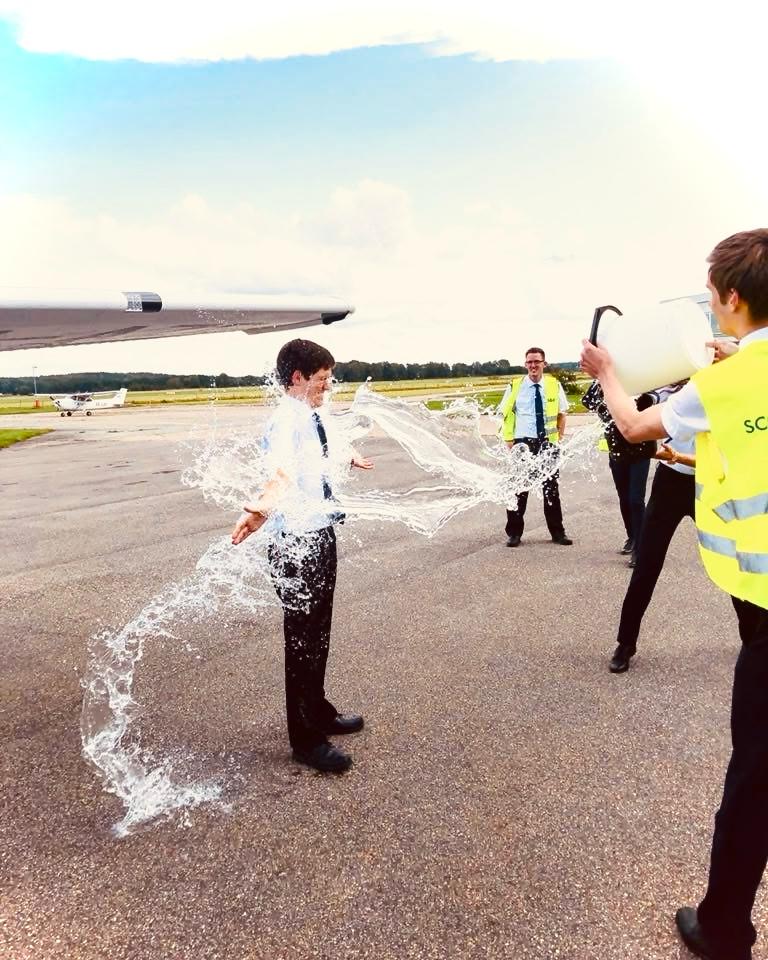
Other Ways to Mark the Milestone
- Logbook pride: Your instructor’s endorsement becomes a permanent record
- Photos: Capture this moment by the aircraft
- Share selectively: Tell people who matter, but remember this is your personal achievement
- Personal reflection: Write down how you feel—you’ll treasure it years later
After Your First Solo: What’s Next?
The Post-Solo Reality Check
Your first solo doesn’t mean training gets easier—it means you’ve proven you’re ready for the next level of challenges. Upcoming milestones include:
- Solo cross-country flights
- Longer solo practice sessions
- More complex scenarios and airports
- Eventual checkride preparation
Building on Your Success
Use your first solo as momentum:
- Maintain consistency: Continue flying regularly to retain proficiency
- Embrace solo practice: You’ll have opportunities to refine skills without instructor oversight
- Study continuously: Ground knowledge becomes increasingly important
- Set new goals: Look ahead to your private pilot certificate
When Doubt Creeps In
Some students experience post-solo anxiety or imposter syndrome. Remember:
- Your instructor’s endorsement wasn’t given lightly
- Continuous learning and occasional uncertainty are normal
- Every professional pilot once stood exactly where you are
- Progress isn’t always linear—plateaus are part of training
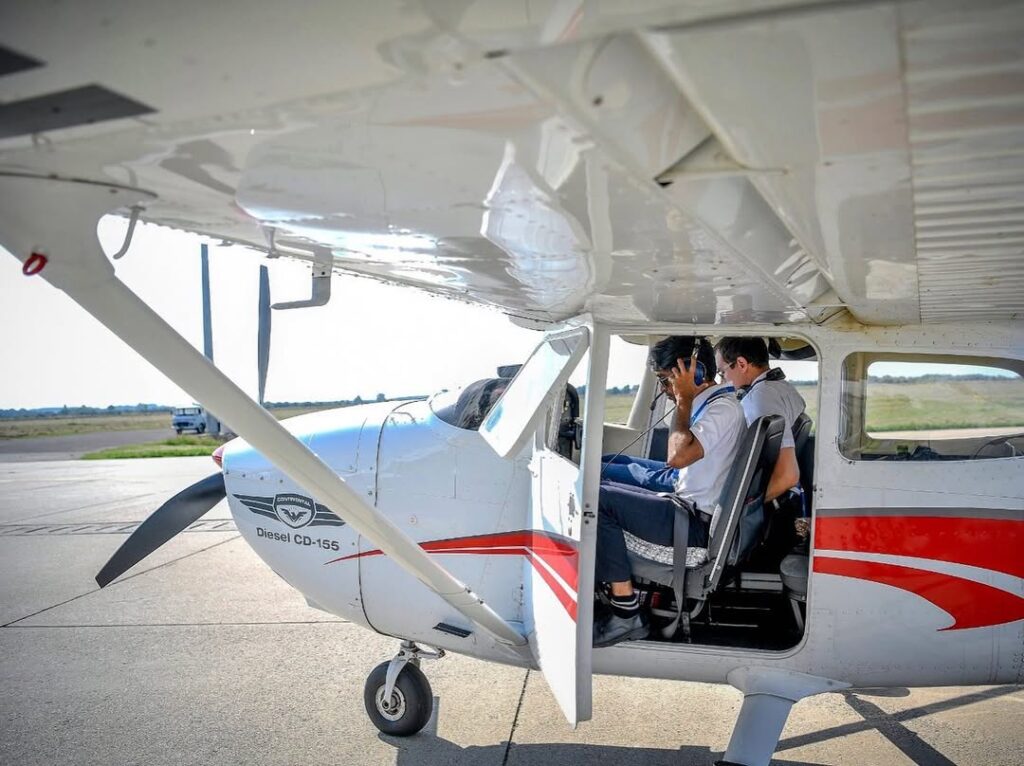
Final Thoughts: You’re Ready
If your instructor says you’re ready to solo, believe them. They have more invested in your safety than anyone—their reputation, certificate, and genuine care for your wellbeing all depend on making the right call.
Your first solo isn’t about being perfect. It’s about being safe, competent, and capable of making good decisions when you’re the only one in the cockpit. You’ve been preparing for this moment since your discovery flight, through every dual session, every chair-flying session, and every late-night review of procedures.
The nerves you feel aren’t weakness—they’re the mark of a pilot who takes this responsibility seriously. Channel that energy into focus, preparation, and confidence in your training.
Soon, you’ll taxi out alone, advance the throttle, and lift off into a sky that’s entirely yours to command. And when you land and shut down that engine, you’ll join the ranks of pilots throughout history who’ve experienced aviation’s most personal milestone.
Blue skies await. You’ve got this.
Have questions about solo flight or want to share your first solo story? Connect with fellow student pilots in the EazyPilot community and learn from each other’s experiences.